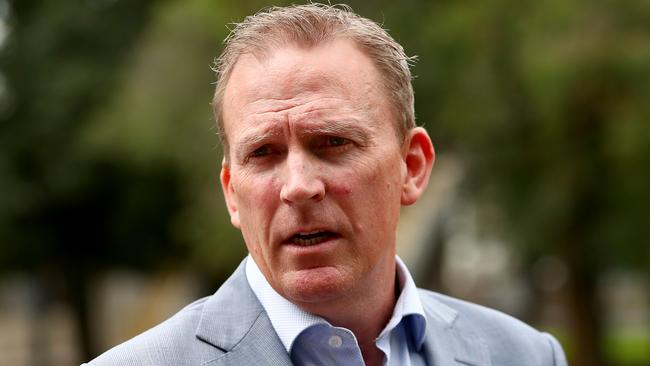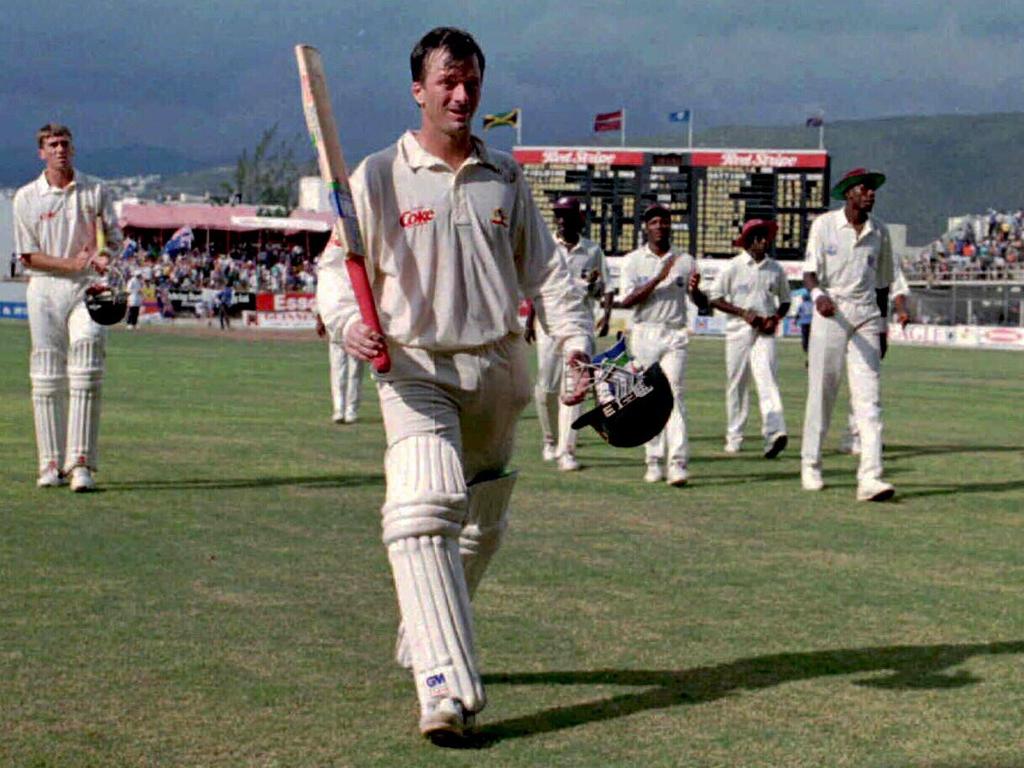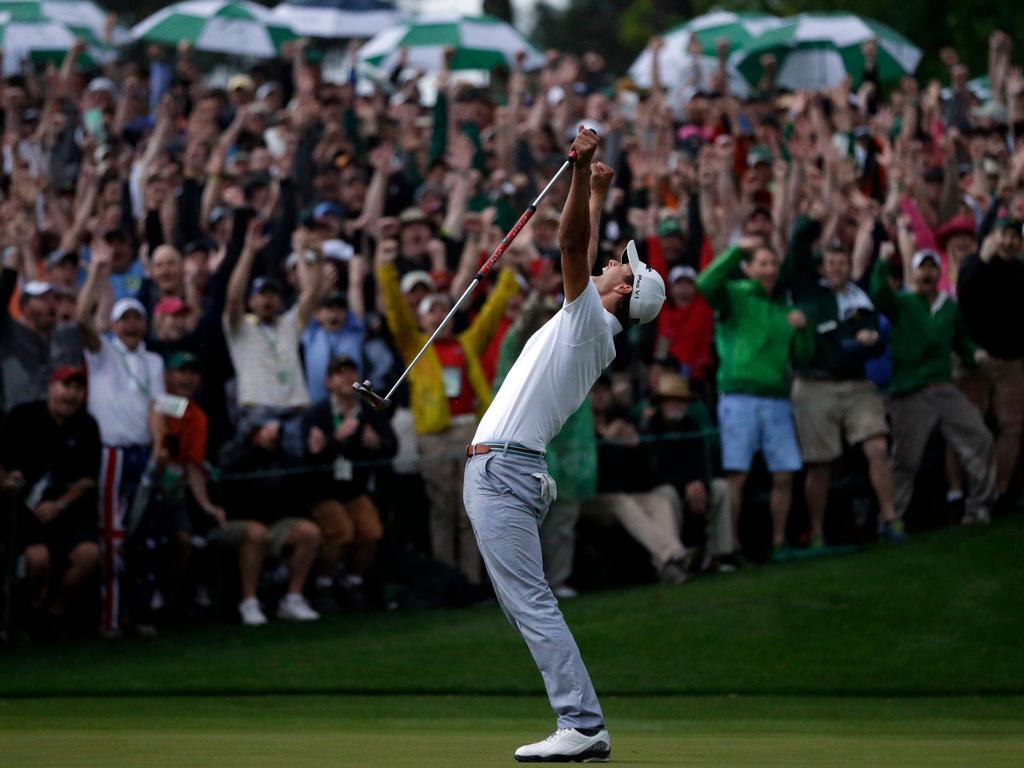Cricket’s fortunes ride on the Kohli index
The true state of Cricket Australia’s finances can be answered by one question. When are India touring again?

Australian rugby looked to have an unbeatable lead in this credibility race to the bottom, but quickly encountered new rivals in Formula One, A-League and the National Rugby League, which won’t be the last to part ways with a chief executive.
Now it is the turn of cricket, which was assumed, at least initially, to be reasonably secure, Cricket Australia having squeezed its season in before the boom fell, and having only last month banked another $100m instalment in its $1.2bn broadcast deal.
It’s about a week now since rumours began swirling that CA had suffered major stockmarket reverses, for which everyone seemed to have a different figure — one sotto voce estimate I heard was as high as $50m.
This was partly based on two subheadings in CA’s last annual report specifying that “cash” holdings had declined year-on-year from $83m to $26m, and ‘Australian listed equity securities’ at last balance date were valued at $85m.
It coincided with reports that CA was negotiating a new debt facility while forewarning players of pay cuts; it culminated in an abrupt mass standing down of personnel, including the men’s and women’s coaches. Chief executive Kevin Roberts had a crisis on his hands. It may be partly of his making.
As Roberts hastened to explain on Tuesday, CA’s actual stockmarket exposure is not nearly so dramatic as conjectured; nor is it a recent development. CA has moored surplus funds in equities since 2012. Stocks are more liquid than property, outperform cash.
CA now blames “unfortunate wording” in their last annual report. Readers would certainly be pardoned for believing that “Australian listed equity securities” referred to … well … Australian listed equity securities.
But apparently as of last October the reserves position was $26m cash, $50m fixed income instruments and only $40m Australian and overseas equities.
The local shares are mostly managed by a committee including Ross Barker of Australian Foundation Investment Company and David Evans of Evans Dixon with the help of Morgan Stanley, and split 50:50 between “growth” and “defensive” stocks.
Over time they’ve done all right, albeit in a hugely overheated market. In the short-term, they’ve come $12m off their peak, and are worth … $36m.
Makes you wonder why this took so long to clarify.
Some questions may reasonably be asked here. Why is Cricket Australia partaking of active funds management anyway? Why not just hug the index? Also how do directors, let alone auditors, sign off on such ‘unfortunate wording’?
But there remains a buffer of almost $100m, so remind me: how did this even become an issue?
Now it is certainly true that there exists the potential for worse news to come down the pike.
CA’s finances are not comparable to the football codes, whose seasons make for ready year-to-year comparison — they are as chaotically cyclical as cricket’s calendar, with lots of smoothing, offsetting and amortising.
They condense, more or less, to a single issue: when are India coming again?
The fact that Virat Kohli’s men were expected in 2020-21 looked at first like great timing; the longer COVID-19 symptoms persist, the greater the foreboding.
Resources run down in expectation of replenishment would assuredly be unequal to the $300m hole that a Kohli and co no-show would leave.
It’s one of the reasons CA are in the market for a $200m credit line to replace their existing working capital facility, while also exploring touring options involving less travel, more biosecurity.
So, fine, these are uncertain times. But Roberts is guilty of some muddled messaging — which he tried, in his round-the-houses, never-say-anything-once fashion, to set right on Tuesday.
Perhaps arising from his rather hapless role in CA’s 2017 pay dispute with the Australian Cricketers’ Association, Roberts has developed a tendency to go direct to individual players. And who isn’t going to take a call from the chief executive around contract time, eh?
But these players then ring their agents, these agents then ring the ACA, half-understood messages are repeated and exaggerated, and confusion spreads to states, broadcasters, sponsors and, inevitably, the media.
One hesitates to call it Chinese whispers given the recent outbreak of sinophobia. But in this instance it may be that Roberts, for whatever reason, spread tidings too easily distorted. There are enough reasons for caution at the moment without adding to them unnecessarily.
Roberts would be better off simply dealing with the ACA. It’s what they’re there for.
In any case, it will not be your Tim Paines, Steve Smiths and David Warners most disadvantaged by any financial squeeze: it will be the ruck of everyday domestic cricketers, male and female, having to think in terms of supplementary income outside the game.
That puts a greater onus on the state associations, who after all are CA’s owners, and who can be expected to start eyeing head office rather more closely.
In the wake of the pay dispute, CA publicly committed to substantial overhead savings; to impose such drastic austerities as furloughing the bulk of your employees suggests an expense line still rather inelastic.
It’s an iron law of sports administration that expenditure rises to meet income — sometimes it even exceeds it, in the optimistic expectation of further growth.
There is precious little experience in the administrative ranks in bigger sports of driving a dollar further. It will be considerably greater by this time next year.
The race to the bottom is not one anyone wants to win.







In the absence of on-field action in the era of COVID-19, a competition has broken out in which observers deliberate on which sport is making the worst of the viral environment.